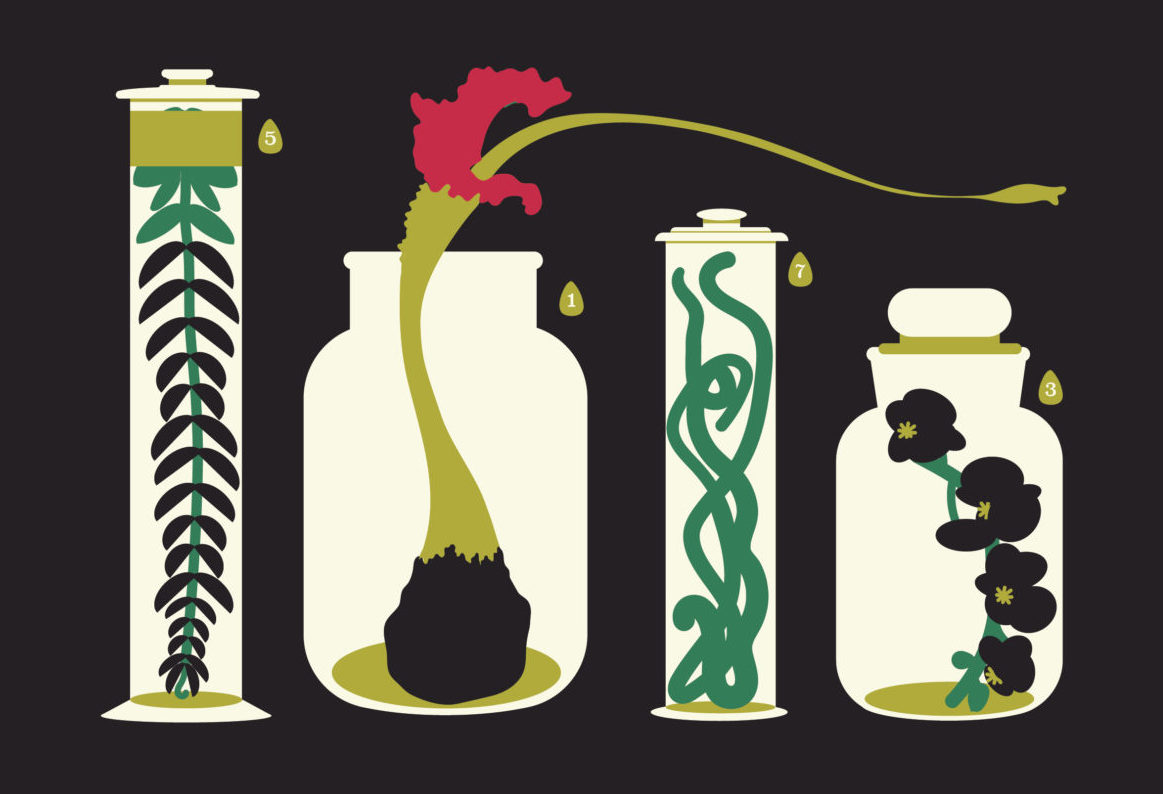
Pernicious Plants of Literature
June 1st, 2020 | Issue one hundred thirty-one
Humans have long been preoccupied with malicious plants. The mythical man-eating tree, which kills by crushing and suffocating its prey with its limbs, was first recorded by an explorer in Madagascar in 1874. The lotus tree of Homer’s Odyssey bore narcotic fruit that crippled an island population with drowsiness and amnesia. Poisonings via hemlock, belladonna, and monkshood abound elsewhere in Greek mythology. In modern and contemporary literature, plant horror—the subgenre of fiction concerned with plants that are conscious, mobile, and can communicate—reveals our underlying discomfort with a world in which we no longer dominate the verdure. Plant horror is interested in the uncanny nature of plants—creeping, hungry, silently expressive, and both alive and not quite so—and in the possibility that human hubris has blinded us to their potential threat. It also asks: What do plants want?
—Naomi Huffman
You have reached your article limit
Sign up for a digital subscription and continue reading all new issues, plus our entire archives, for just $1.50/month.
Already a subscriber? Sign in




